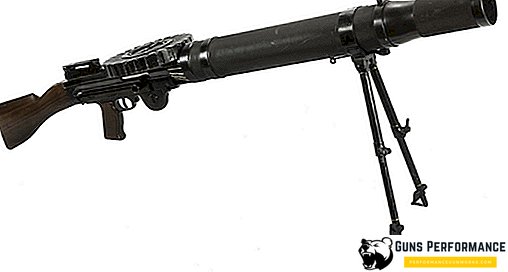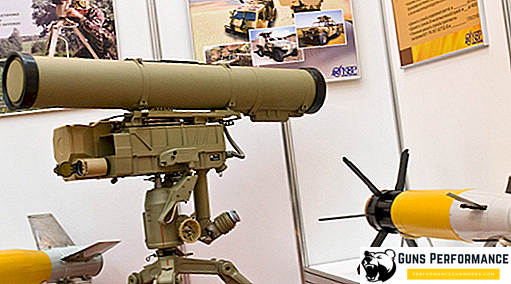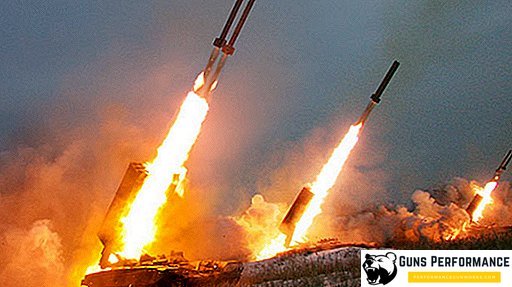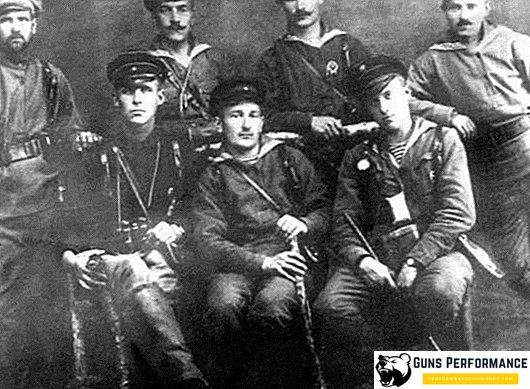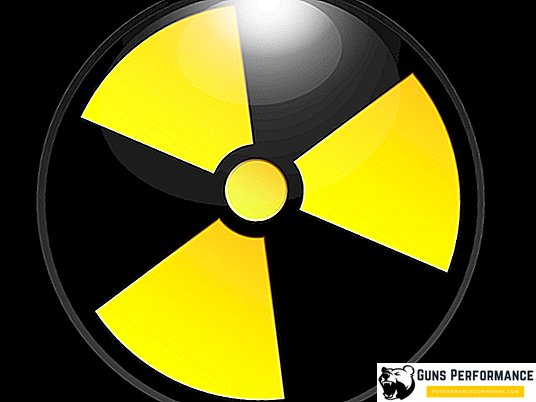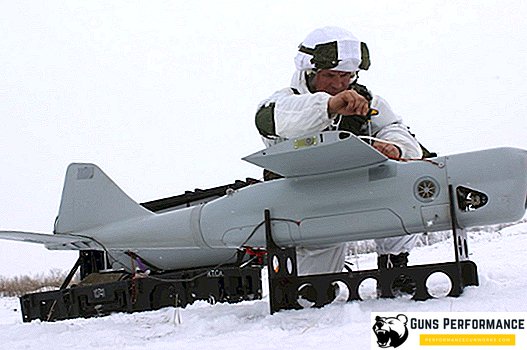Slicer is one of the types of knives that are used on the battlefield and in everyday life. With the enormous size and impressive weight of the blade, only by its appearance it demoralizes any enemy, which is appropriate for military weapons. The name of the knife is associated with the verb "to cut", confirming its household use, mainly to hew wood.

Slasher: general presentation
This knife belongs to bladed slashing-piercing weapons and is very large in size. The blade forms of it can be straight or curved, the length of the blades is 20-70 cm, sometimes more, and the width is 4-5 cm. Mostly, the cleavers have a one-sided sharpening, but there are options with a double-sided (double-edged).
Selects this weapon handle, equipped with hilt. Ephesus is represented by an element consisting of guard and special top at the end of the handle.
Ephesus of this type of weapon are:
- Open types;
- Closed types.
The material for good hacks are always high-grade steel tempered at high temperatures. Steel is made viscous, because the finished product is calculated for shock loads. Mostly applied laminated or stainless steel, carbon.
Blades with laminated steel have perfect sharpness, like a razor, and have a long service life.
Carbon steel tezaki high sharpness and low price. However, without careful care, the blade may rust. Stainless steel sandwiches offer high anti-corrosion properties, but not sharpness. Carbon is added to this steel for rigidity and chromium for corrosion resistance. Sheaths are considered a mandatory attribute for wearing hacksacks.

History of hacks
The exact date of the appearance of the cleaver nobody reliably knows. Traces of hacking lead to the antiquity of the first millennium BC e. However, in the Iron Age, an analogy to the modern skewer can be found in almost all nations.
In the Middle Ages, cleavers, especially military ones, were in many varieties. These were dyusaki, Malcha swords, cords and others. In written references to that time, the cleavers-knives were called small swords or large knives.
In the XIII century, all the versatility of the hacks were evaluated by shipbuilders and ship crews. Then they became sea knives and at the same time received the name "pirate weapon". Further, these knives were subjected only to improvement.
Tactics of hacking

Slashes are versatile tactical knives that are used as weapons. They are usually used by professional military or police officers in the performance of official tasks, without the threat of an attempt on their lives, but may be required in the event of dangerous situations:
- Equipment shelters or positions for firing;
- Exemption in extreme circumstances: when tangling with ropes, in the process of descending from the walls of the house, jammed seat belts in the car;
- Soldiers hatchets for the Airborne Forces are necessary in order to cut parachute slings, as well as straps, with which they fix the discharged equipment or things;
- Field security;
- Removing obstacles. In the process of moving special forces, obstacles may arise that have not previously been discovered by intelligence. To eliminate them you may need crowbars, hammers and other tools. It will be indisputable that no knife can solve the whole multiplicity of these tasks, but by and large, the cleavers help out, being a multifunctional replacement for many tools;
- Dissection of fishing or other nets. Divers or sea saboteurs can become entangled in fishing or special nets, while it is almost impossible for them to extricate themselves. You can free yourself by using a reliable tactical knife, such as a cleaver, but only a sea one. He will easily cope with such tasks, and very quickly. Because of this, naval special forces choose a large, good cleaver, which is not only extremely necessary for them, but also truly vital.

Saperny cleaver
The modern army has many types of sharp-cutting weapons. Such weapons should be lightweight, practical, small and with a well-pointed blade. However, few people know that the modern soldier's bayonet-knife was descended from long-time hacks. They were considered conventional weapons in many of the world's armies. It is known that in the old days the warriors were armed with ancient Russian heifers. They were called sub-knives, the Europeans had falchions, and the Algerians had fleeces.
Tactics of application of the Russian sapper cleaver
In Russia, in tsarist times, sapper cleavers in service were only in 1827-1834. It was a long (50-60 cm), wide (6.5-8.5 cm) blade with a handle, framed by a cross or arm. The blade was flat with a straight or with a very noticeable curved shape. It was sharpened from one or both sides. Slashes were one of the parts in the sappers uniforms and had corresponding names.
One outwardly was like a short, uneven sword with a copper handle. The other one had a wide curved blade and a wooden handle, it was called a fashinny knife. On the butt, the blade had teeth for cutting down trees during the construction of military field objects.

The second cleaver, with a heavy blade and teeth, armed soldiers-sappers. Having considerable weight and not particularly outstanding combat or protective characteristics, the sapper soldier’s soldier was destined to remain as an important attribute of a military uniform.


